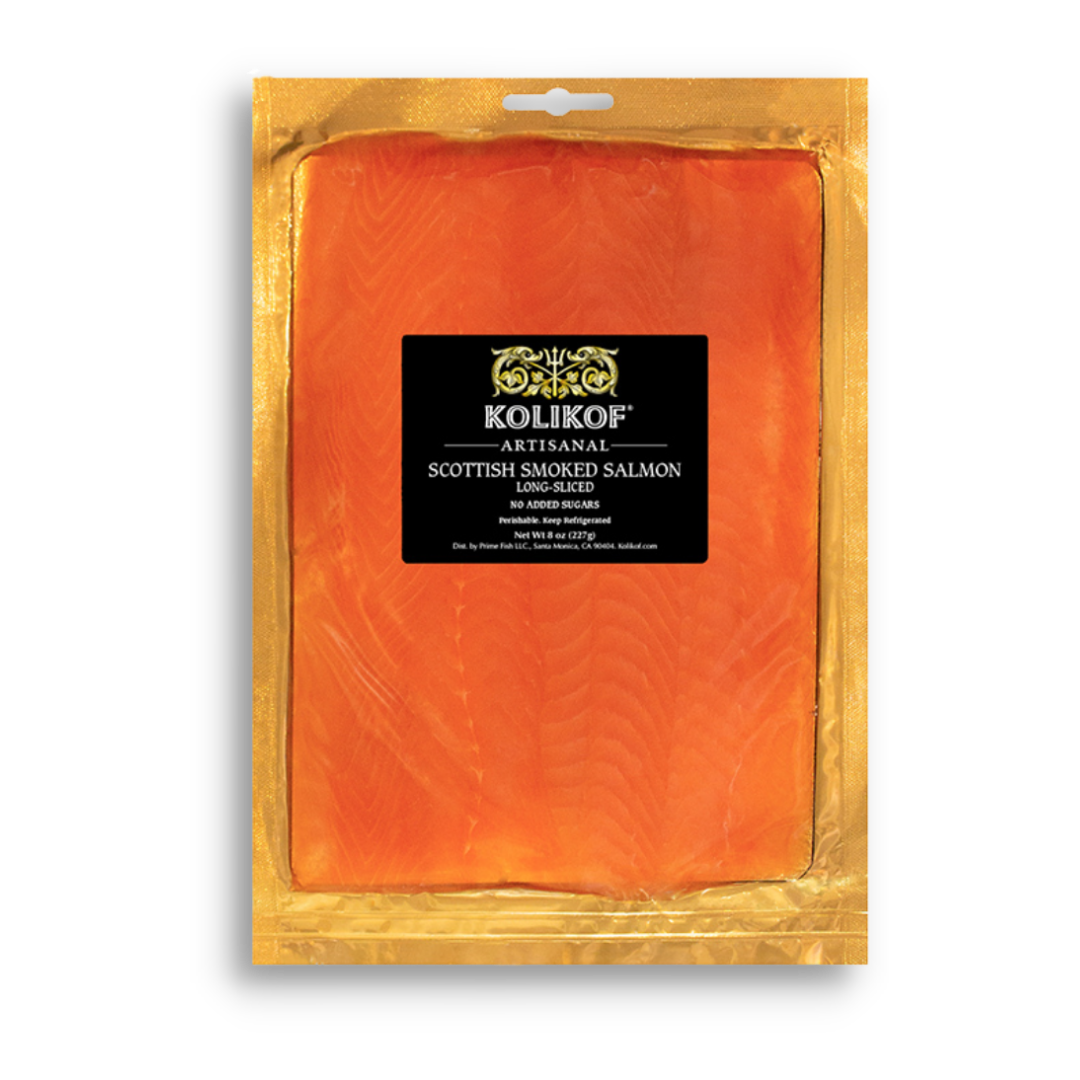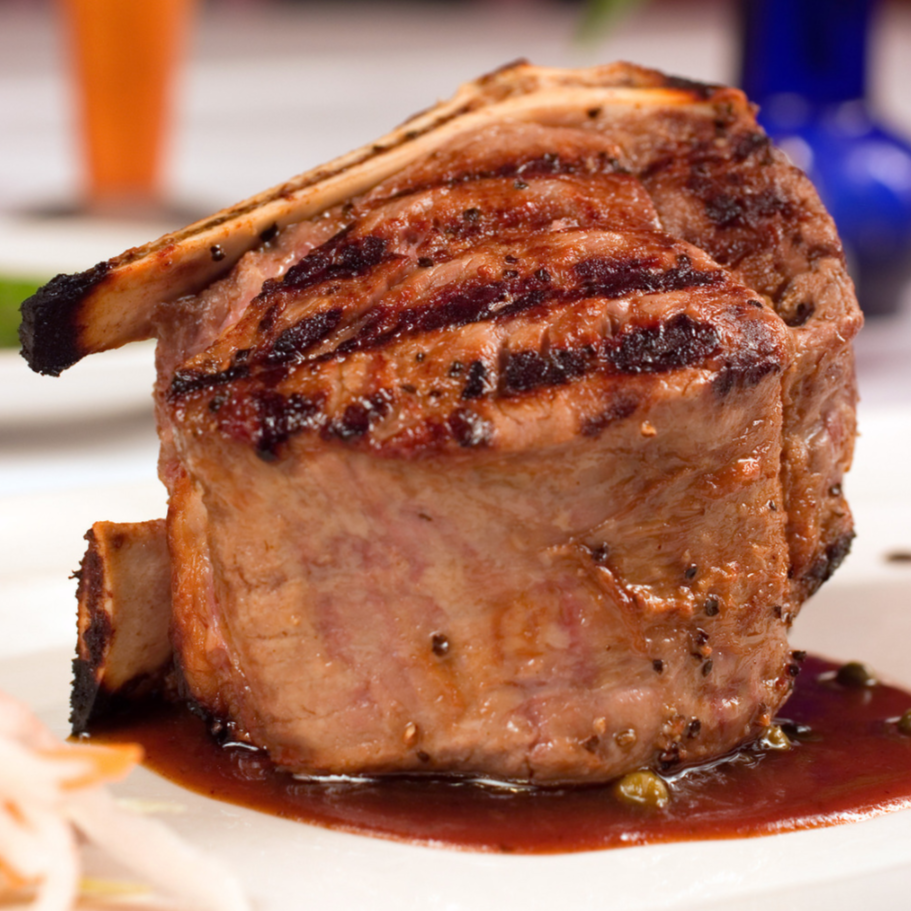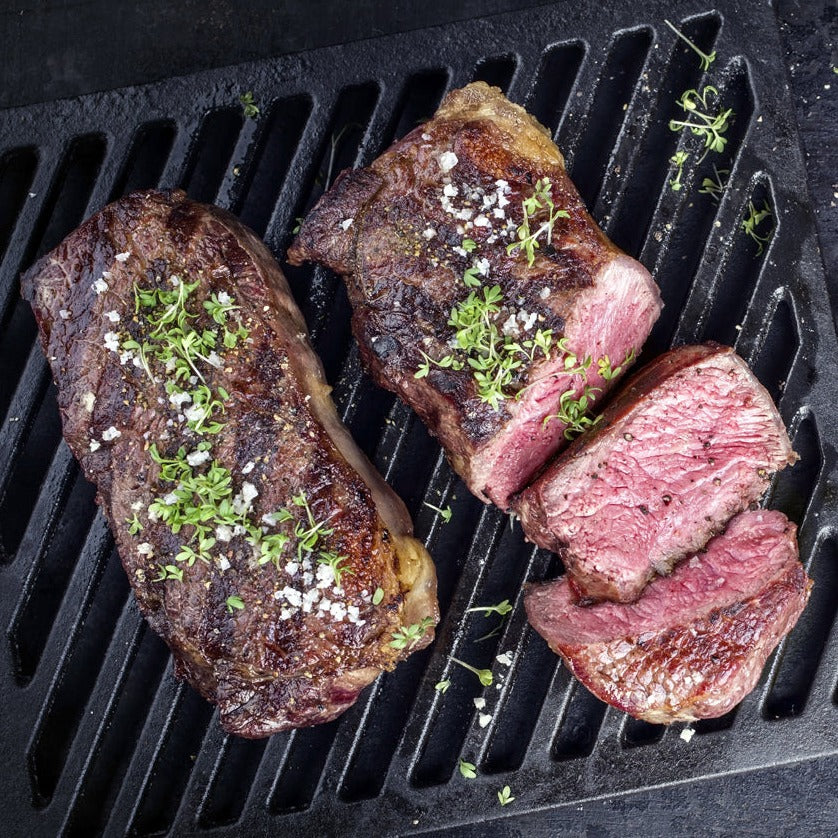What's the Best Way to Cook Lobster?
Cooking Lobster - Tips and Tricks
If you’ve never had lobster before, you may be surprised to learn that you can prepare this delicious crustacean in your own kitchen, without breaking the bank!
For a dish that’s considered a gourmet experience, lobster is surprisingly easy to cook. It’s so simple, in fact, that even the most novice chef will have no trouble preparing this sweet and savory delicacy that relies on simple cooking methods and minimal seasoning. We’ll take a look at the main methods of cooking lobster whole, as well as ways to prepare lobster tail and lobster claws.
But first, a few things to know about working with fresh lobster…
How to Choose a Lobster
Ever wonder why fish markets and seafood restaurants keep their lobsters in tanks? That’s because fresh lobster must be cooked within 36 hours of being removed from their salt water environments–and the sooner, the better. This is to prevent foodborne illness that can develop from the accumulation of bacteria and quickly multiply within the carcass. When picking out your own live lobster, there are a few factors to consider.

Size
Select lobsters based on the amount of people you intend to serve. Since the majority of the lobster’s meat comes from its tail and claws, a 1 ½ lb is more than enough per person. Another benefit to selecting smaller sized lobsters is that they will cook more quickly and evenly, reducing the risk of overcooking.
Color
In the wild, most live lobsters appear to be brownish, grayish, greenish, or even bluish. Lobsters contain a pigment called astaxanthin. When the lobster is alive, this pigment is bound tightly by proteins, making it appear blue. But when heated, astaxanthin is freed from those proteins and releases its pinkish-reddish color into the shell. In other words, lobsters won’t appear red until cooked.
Movement
Lobsters should be lively. Avoid purchasing lobsters that seem lethargic–this is not normal.
Their legs should be moving, even when refrigerated. Be sure to check that all your lobsters have stayed feisty before cooking them.
Handle with Care
When handling live lobsters, never pick them up by their claws or legs! Instead, grab them by their bodies.
Keep Refrigerated
Once the lobsters have been removed from their salt water habitats, you’ll want to cook them as soon as possible. If you need to store them for a few hours though, you can do so by placing them in a box lined with seaweed and storing the box in the fridge. Soak some newspaper and lay it across your lobsters to keep them as moist as possible. Remember that they are saltwater creatures, so you cannot submerge them in freshwater or lay ice across them, as this will kill them. And speaking of keeping them alive, never store live lobsters in the freezer (unless to temporarily stun them–but we’ll circle back to that).
Freeze to Stun
If you’re starting to feel squeamish, you might be comforted to know that several studies show lobsters do not process pain the same way other animals do. Their nervous systems are more similar to that of an insect, and not as complex as ours. In fact, that “screaming” sound that you’ll hear when you drop them into the boiling water is not actually screaming, but simply the air from their shells being released with the hot temperature.
However, handling live lobsters can still be intimidating. If you feel uneasy about boiling a moving creature, or simply want to avoid being pinched, you can let the lobsters “rest” in the freezer for 20 minutes. Doing so will not kill them, but put them into a small snooze, making them easier to cook. Just be sure not to freeze them for longer than necessary so as to avoid killing them.
How to Cook Live Lobsters
Steaming and boiling are the two basic ways of cooking live lobster. Let’s take a look at the pros and cons of both methods.
Steamed
Steaming is the recommended way to cook a whole lobster, as this method tends to retain more of the lobster’s flavor, and unlike boiling, does not run the risk of waterlog.
Fill a pot with approximately 3-4 inches of water. You can also add salt, herbs, and lemon to enhance flavor. Bring the water to a boil and drop the lobster in head-first. Cover the pot securely and steam for 8 minutes for the first pound, and 3 minutes for each additional pound.
Remove the lobster from the pot with a pair of tongs.
Boiled
Boiling lobster is even more straightforward than steaming it, and it’s the way to go if it’s your first time, or if you’re cooking two or more lobsters at once. On the down side, more water is likely to get inside the shell, and can make eating it a little mushy and messy. Like with steaming, you can add salt and seasoning directly to the water, and even more generously, since it will cook out more rapidly. Boil lobsters for 7 to 8 minutes for the first pound, and 2 minutes per additional pound.
To make sure your lobster has cooked thoroughly, stick a meat thermometer on the underside of the thickest part of the tail–it should read 135-140 F°. Once cooked, toss the lobster into a pot of cold water to keep it from overcooking. You can expect a texture that is somewhat similar to shrimp, but lobster should never be chewy or rubbery.
How to Cook Lobster Tails and Claws
The majority of a lobster’s meat comes from its tail (abdomen) and claws. You can purchase lobster tails and claws separately from the whole lobster, making them easier to cook. And since you’re not working with live creatures, you also have the added benefit of being able to freeze them. When frozen, fresh lobster claws and tails can be kept for 3 to 6 months. Just be sure to thaw and clean them before cooking. Let’s take a look at a few different cooking styles.
Broiled Lobster Tail
Lobster tails contain the most amount of meat of the animal, making them the best part to cook.
The first thing you’ll do is prep the tails by cutting them straight down the middle. This is what’s called a “butterfly cut.” Once sliced in half, you’ll notice a thin gray line running down the center. This is the lobster’s digestive track and must be removed. Carefully cut it free from the flesh and discard. Then, use your knife to lift the lobster meat out of its shell, leaving only a small bit connected at the very bottom of the tail.
Place the lobster tails on a foil-lined baking sheet–either directly, or over a rack wire. Coat the meat with butter and seasoning. Simple seasoning works best on lobster–we recommend a little salt, pepper, paprika, and minced garlic.
Broil around 450 F° for about 1 minute per ounce, until the flesh turns light brown.
Baked Lobster Claws
Some say the claws are the most delicious part of the lobster, and they tend to be softer than tail meat. Prepare to bake your lobster claws by slicing the shells. Stand the main part of the claw on a cutting board and crack it with a knife. Rotate the claw and repeat. Once sufficiently cracked, pull the claw shell apart from both ends–this should keep the meat well intact.
You can also opt to bake the claws first, then remove the shells. Either way, be sure to rinse and dry them first and foremost. If kept frozen, remember to dethaw them beforehand.
Place the claws in a foil-lined baking dish, and salt and season to your liking. Bake at 360 F° for 13 minutes for the first pound, and 3 minutes for every additional pound.
Grilled Lobster
Grilled lobster is a healthy and delicious way to prepare both claws and tails.
When grilling lobster tails, use that same butterfly cut, and flatten them out with the palm of your hand. Stick a skewer directly through the center of each tail to keep them from curling when being grilled. Brush with olive oil and seasoning and place flesh-side down on the grill for 5 to 6 minutes per piece, or until the flesh has started to brown.
You can also grill lobster claws in a similar manner. Once brushed and seasoned, wrap the claws in aluminum foil and place on the top rack of the grill for about 20 minutes.
Where to Buy The Best Lobster Meat
Still feeling a little nervous about working with live lobsters? That’s completely understandable! It’s not necessarily for the faint of heart. Fortunately, Kolikof Caviar and Gourmet sells fresh lobster meat that’s even easier to prepare.
You’ll find a fantastic selection of tails and claws, both in and out of the shell. And you can rest assured that our lobsters are always sourced humanely and delivered fresh. No wonder Kolikof is the top choice for Michelin-star chefs across the country!









